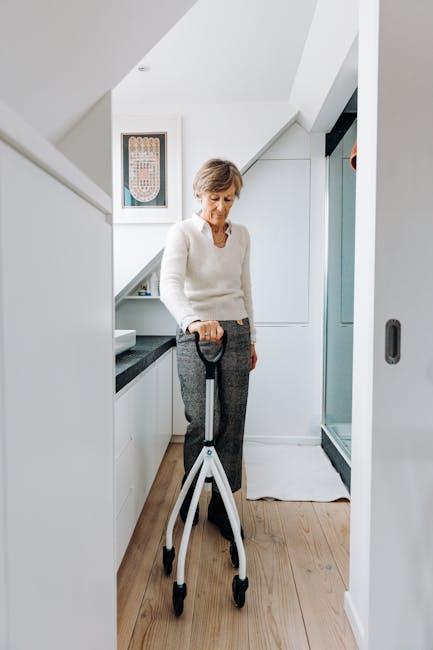In the heart of every concert lies a shared experience—a vibrant pulse that unites artists and audiences in a celebration of sound and emotion. Yet, for many, this powerful connection remains just beyond reach due to barriers of access and inclusion. As the music industry continues to evolve, so does the awareness that concerts must be welcoming spaces for all. This article explores the ongoing journey toward concert accessibility and inclusion, spotlighting the efforts and innovations that ensure everyone—from diverse abilities to varying needs—can feel the music’s full resonance and join the collective rhythm of live performance.
Table of Contents
- Understanding Barriers to Access in Live Music Events
- Designing Inclusive Venues for Diverse Audiences
- Leveraging Technology to Enhance Concert Accessibility
- Training Staff for Empathy and Effective Support
- Collaborating with Advocacy Groups for Meaningful Inclusion
- Measuring Success and Continuously Improving Accessibility Efforts
- Q&A
- In Summary
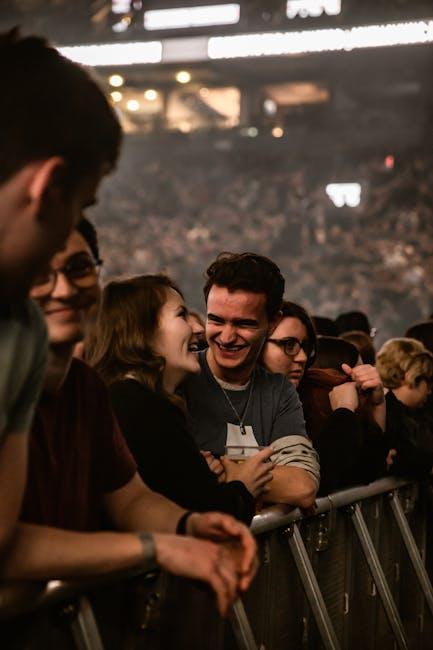
Understanding Barriers to Access in Live Music Events
Physical, sensory, and socioeconomic obstacles often prevent many fans from fully experiencing the magic of live music. Inaccessible venues, such as those lacking ramps, elevators, or designated viewing areas for wheelchair users, can immediately discourage attendance. Similarly, sound systems and lighting that do not accommodate individuals with hearing or visual impairments further alienate attendees. Beyond infrastructure, the lack of clear communication about available accommodations, or complex ticketing processes, leaves many potential concertgoers feeling overlooked and excluded.
Understanding these challenges allows organizers to take meaningful steps toward remedying them. Popular barriers include:
- Inadequate transportation options to and from venues
- Limited sensory-friendly zones for neurodiverse individuals
- High ticket costs without discounted accessibility rates
- Insufficient staff training on inclusivity and assistance
| Barrier | Impact | Potential Solutions |
|---|---|---|
| Physical Accessibility | Excludes mobility-impaired attendees | Install ramps, elevators, and adaptive seating |
| Sensory Overload | Discomfort for neurodiverse and sensory-sensitive guests | Create quiet zones and offer sensory tools |
| Cost Barriers | Limits diverse attendance | Offer subsidized or sliding-scale tickets |
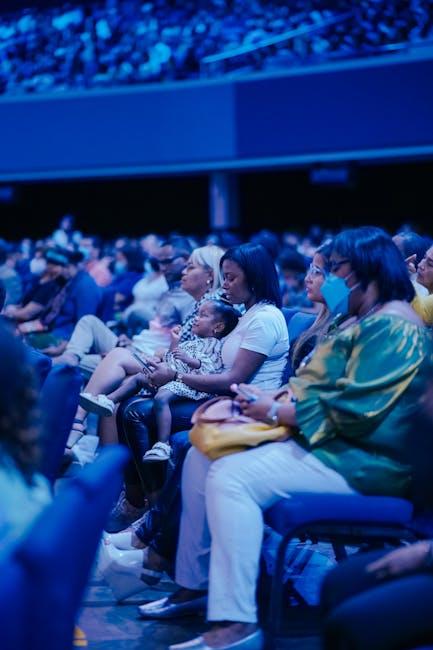
Designing Inclusive Venues for Diverse Audiences
Creating spaces where everyone feels welcome requires thoughtful consideration beyond mere compliance. Incorporating features such as wheelchair ramps, sensory-friendly zones, and clear signage in multiple languages transforms venues into truly inclusive environments. Equally important is the training of staff to understand the unique needs of diverse attendees, ensuring support is both respectful and effective. When venues anticipate varied requirements—from assistive listening devices to quiet rooms—they not only enhance comfort but also foster a shared sense of community among all visitors.
Design elements must blend accessibility with aesthetics, prioritizing flexibility and ease of navigation. Simple adjustments like adjustable lighting, contrasting colors for better visibility, and seating options catering to different physical needs elevate the concert experience for individuals with disabilities. The following table summarizes key design features and their direct benefits for diverse audiences:
| Design Feature | Benefit |
|---|---|
| Ramps & Wide Entrances | Facilitates smooth access for mobility devices |
| Assistive Listening Systems | Improves sound clarity for hearing-impaired guests |
| Quiet Zones | Provides respite for sensory-sensitive attendees |
| Visual Signage | Guides all attendees effectively, regardless of language |
- Multisensory Experiences: Incorporate vibrations or visual light shows for enhanced enjoyment.
- Flexible Seating: Adapt seating arrangements to accommodate service animals and companions.
- Digital Access: Provide event information via accessible apps and websites.

Leveraging Technology to Enhance Concert Accessibility
Emerging technologies are transforming how audiences experience live music, breaking down barriers for fans with diverse needs. Assistive listening devices now seamlessly integrate with venue sound systems to ensure crystal-clear audio for those with hearing impairments. Meanwhile, augmented reality (AR) apps allow concertgoers to enjoy synchronized visual enhancements and real-time captions directly on their smartphones, making it easier to follow lyrics and announcements. These innovations not only enrich the concert experience but also signify a step toward genuine inclusivity where everyone feels valued and engaged.
To illustrate, consider the variety of tech tools designed with accessibility in mind, including:
- Real-time sign language interpreters streamed on large screens or personal devices
- Customizable headphone settings for balanced sound and noise reduction
- GPS-enabled navigation apps for easy access to accessible entrances and facilities
- Virtual reality (VR) concert experiences that bring the event to homebound fans
| Technology | Benefit | Example Venue |
|---|---|---|
| Assistive Listening System | Enhanced audio clarity | Madison Square Garden |
| AR Caption App | Real-time lyrics visibility | Red Rocks Amphitheatre |
| VR Concert Streaming | Remote access to live shows | Wembley Stadium |
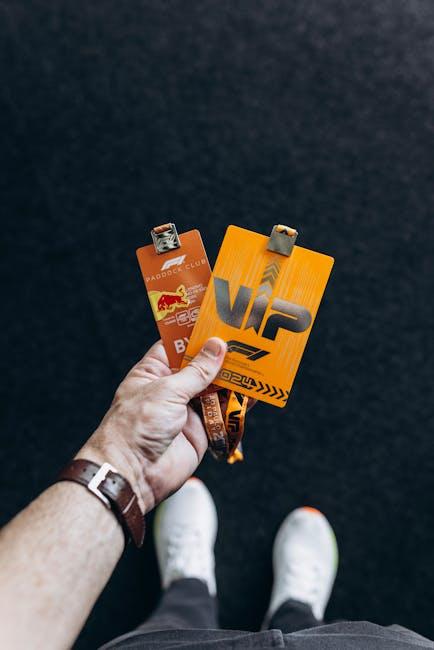
Training Staff for Empathy and Effective Support
Empathy is the cornerstone of truly inclusive concert experiences. Training staff to recognize and understand the diverse needs of attendees—ranging from those with sensory sensitivities to mobility challenges—empowers them to provide personalized, considerate assistance. Workshops and role-playing scenarios can cultivate active listening skills and nurture a compassionate mindset, helping team members anticipate potential accessibility barriers before they arise. When staff genuinely connect with patrons’ experiences, it transforms routine support into meaningful engagement, fostering a welcoming atmosphere for everyone.
Effective assistance also relies on clear communication strategies and practical knowledge. Equipping staff with detailed information about venue layouts, accessible facilities, and adaptive technologies ensures they can confidently guide attendees. Key areas of focus in training include:
- De-escalation techniques to manage stressful situations calmly
- Use of assistive devices such as communication boards or hearing loops
- Inclusive language that respects all abilities and identities
- Emergency protocols tailored for individuals with disabilities
| Training Module | Key Outcome |
|---|---|
| Empathy Building | Enhanced patron understanding |
| Technology Familiarization | Improved assistance efficiency |
| Communication Skills | Clearer guidance and support |
| Safety and Emergency | Preparedness for diverse needs |
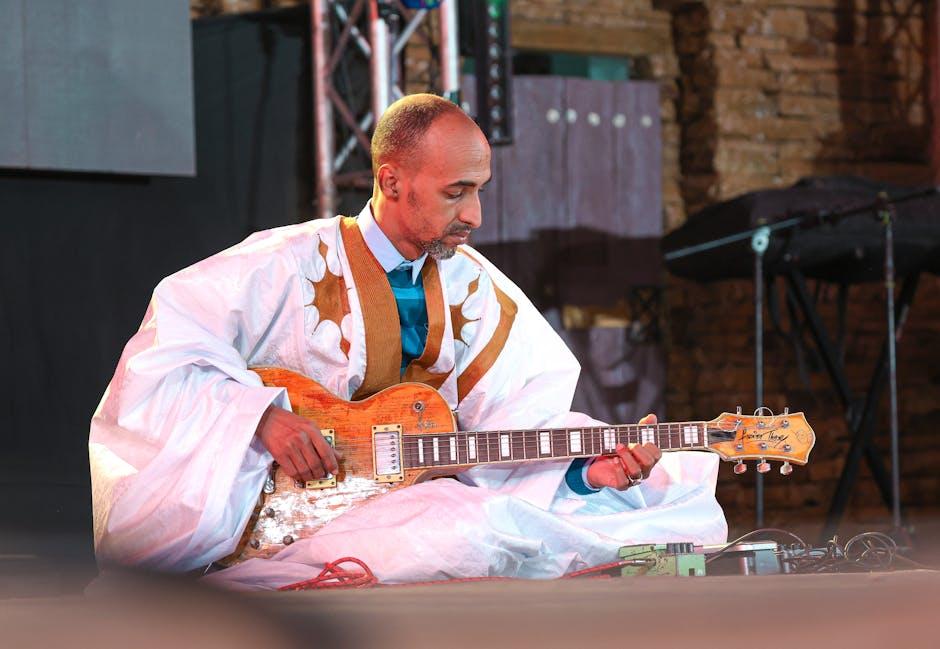
Collaborating with Advocacy Groups for Meaningful Inclusion
Partnering with advocacy organizations brings invaluable insight that transforms ordinary events into truly inclusive experiences. These groups understand the intricacies of diverse accessibility needs and provide guidance on designing spaces, communication methods, and services that resonate with all attendees. Their involvement ensures that no voice is overlooked, fostering an environment where everyone feels welcome and empowered to enjoy the music and community.
Effective collaboration often includes:
- Consultative planning: Early engagement to address potential barriers.
- Staff training: Equipping team members with sensitivity and awareness.
- Accessible promotions: Materials that are easy to understand and navigate for people with disabilities.
- Feedback loops: Continuous improvement through community input.
| Advocacy Group Role | Impact on Concert Inclusion |
|---|---|
| Accessibility Advisors | Tailored seating and facility modifications |
| Disability Rights Leaders | Policy development and advocacy strategies |
| Communication Specialists | Accessible content and event announcements |
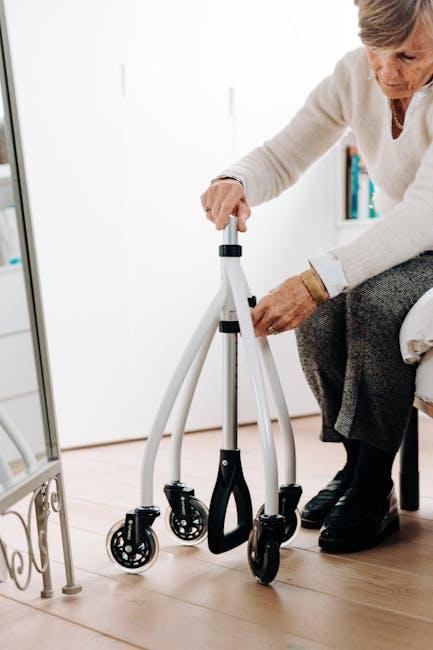
Measuring Success and Continuously Improving Accessibility Efforts
To truly gauge the effectiveness of accessibility initiatives at concerts, it’s essential to implement ongoing evaluation strategies that capture real user experiences. Utilizing feedback surveys, focus groups, and accessibility audits allows organizers to identify areas that are working well, as well as those needing refinement. For instance, collecting feedback directly from attendees with disabilities not only highlights specific challenges they face but also fosters a culture of inclusion where every voice is valued. This dynamic approach ensures that accessibility is treated as a living, evolving priority rather than a one-time checklist.
Beyond qualitative feedback, tracking critical metrics can provide actionable insights. Consider measuring:
- Percentage of accessible seats sold versus total available
- Response times to accessibility-related inquiries or complaints
- Usage rates of assistive technologies on-site
| Metric | Target | Current |
|---|---|---|
| Accessible Seat Sales | 90% | 75% |
| Inquiry Response Time | <24 hrs | 30 hrs |
| Assistive Tech Usage | High | Moderate |
Continuously refining accessibility efforts based on these insights drives not only compliance but genuine inclusivity. Small adjustments, such as improving signage visibility or training staff on disability etiquette, can have an enormous impact. The key is embracing a mindset of perpetual improvement, ensuring that every concert experience is accessible, welcoming, and enjoyable for all attendees.
Q&A
Q&A:
Q1: Why is accessibility important in concert settings?
A1: Accessibility ensures that everyone, regardless of physical ability, sensory needs, or cognitive differences, can experience live music. It transforms concerts from exclusive events into inclusive celebrations, fostering a sense of community and belonging for all attendees.
Q2: What are some common barriers to concert accessibility?
A2: Barriers can include physical obstacles like stairs or narrow entrances, lack of wheelchair seating, inadequate visual or auditory support, and limited information about accessibility options. Additionally, obstacles such as loud sounds or flashing lights may affect people with sensory sensitivities.
Q3: How can venues improve physical accessibility?
A3: Venues can implement ramps, elevators, reserved wheelchair spaces, accessible restrooms, and clear signage. Ensuring easy entry and exit points helps attendees navigate the space comfortably and safely.
Q4: What kinds of sensory accommodations are beneficial at concerts?
A4: Providing quiet zones, offering noise-cancelling headphones, using visual aids such as sign language interpreters or captioning, and minimizing harsh lighting can greatly enhance comfort for individuals with sensory processing challenges or hearing impairments.
Q5: How can ticketing and information dissemination become more inclusive?
A5: Offering multiple ways to buy tickets—online, by phone, or in person—alongside clear, detailed descriptions of accessibility features helps attendees plan their visit confidently. Also, training staff to communicate access information compassionately supports a positive experience.
Q6: What role do artists and promoters play in accessibility?
A6: Artists and promoters can advocate for inclusive practices, ensuring their events meet accessibility standards. This might include collaborating with accessibility consultants, funding necessary accommodations, and raising awareness about inclusion through their platforms.
Q7: Are there emerging technologies improving concert accessibility?
A7: Yes! Innovations like real-time captioning apps, augmented reality for enhanced visual experiences, and advanced hearing assistance devices are opening new doors. Such technology personalizes accessibility, tailoring the concert experience to individual needs.
Q8: How does improving accessibility benefit all concertgoers?
A8: Accessibility enhancements often improve overall audience experience—better seating, clearer signage, and quieter areas can make events more enjoyable for everyone, not just those with disabilities. Inclusion builds richer, more diverse communities united by music.
Q9: What’s the first step someone can take to advocate for concert accessibility?
A9: Start by asking venues or event organizers about their current accessibility measures and sharing suggestions respectfully. Public support and constructive dialogue encourage continuous improvements, making live music accessible to all voices.
Q10: Where can interested individuals find resources on concert accessibility?
A10: Organizations specializing in disability rights, concert venue websites, and advocacy groups often provide guidelines and toolkits. Online forums and social media communities also serve as valuable spaces for sharing experiences and tips.
In Summary
As the final chords fade and the spotlight dims, the true harmony lies not just in the music but in the shared experience of every attendee. Concert accessibility and inclusion are more than just features—they are the foundation for a vibrant, welcoming community where everyone’s voice can join the chorus. By continuing to bridge gaps and amplify diverse needs, the music industry can create spaces where rhythm and connection resonate beyond the stage, inviting all to feel the beat and belong.

